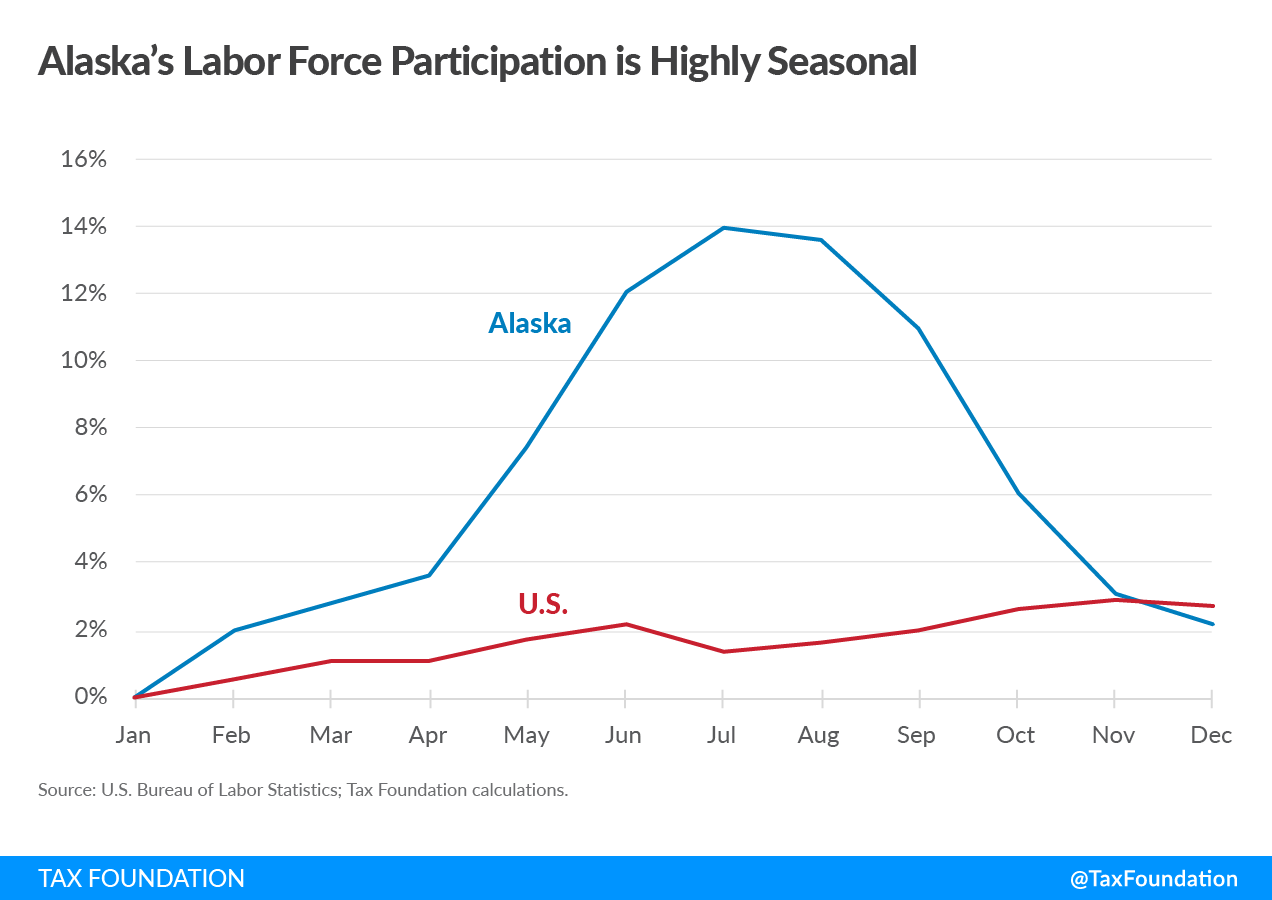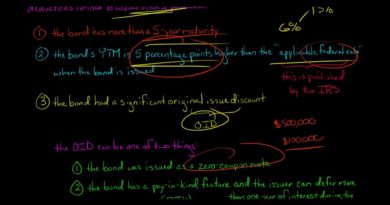IRS Proposed Regulations Provide Clarity and Consistency for Use of Forfeitures in 401(k) Plans
The IRS has issued proposed regulations regarding the use of forfeitures in qualified retirement plans, including a deadline for the use of forfeitures in defined contribution plans such as 401(k) plans. The proposals would clarify that forfeitures arising in a defined contribution plan can be used for one or more of the following purposes, as specified in the plan: (1) to pay plan administrative expenses; (2) to reduce employer contributions under the plan; or (3) to increase benefits in other participants’ accounts according to plan terms. The use of forfeitures to reduce employer contributions also includes the restoration of inadvertent benefit overpayments and conditionally forfeited accounts that might otherwise require additional employer contributions (e.g., where a terminated participant’s subsequent reemployment requires reinstatement of previously forfeited nonvested amounts).
The proposed regulations would require that 401(k) and other defined contribution plan administrators use forfeitures no later than 12 months after the close of the plan year in which the forfeitures are incurred. A transition rule would treat forfeitures incurred prior to the 2024 plan year as incurring in the 2024 plan year. The preamble suggests that plan documents be drafted to allow for multiple uses of forfeitures to ensure that forfeitures are used before the 12-month deadline. For example, a plan providing that forfeitures may be used solely to offset plan administrative expenses may incur an operational failure if forfeiture amounts exceed the amount of administrative expenses and remain unused at the end of the 12-month period.
Although the regulations are proposed to apply for plan years beginning on or after January 1, 2024, taxpayers may rely on them in the interim. Any comments on the proposals must be received or postmarked by May 30, 2023.
EBIA Comment: These proposed regulations are a welcome step in reducing administrative costs and burdens associated with the use of forfeitures in 401(k) plans. They provide a single 12-month deadline for the use of forfeitures under all types of defined contribution plans, thereby alleviating administrative burdens associated with forfeitures incurred late in a plan year. Plan sponsors and administrators should keep in mind, however, that the proposed regulations do not otherwise affect applicable deadlines related to the timing of contributions and allocations under a 401(k) plan. For example, excess contributions still must be corrected within the two-and-one-half-month period after the end of the plan year for which the contributions were made to avoid excise taxation. For more information, see EBIA’s 401(k) Plans manual at Section IX.E (“Allocation of Forfeitures”).
Contributing Editors: EBIA Staff.






